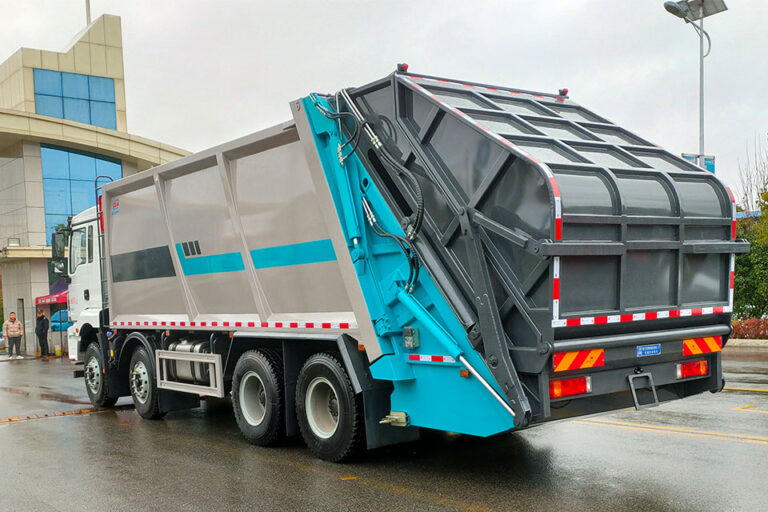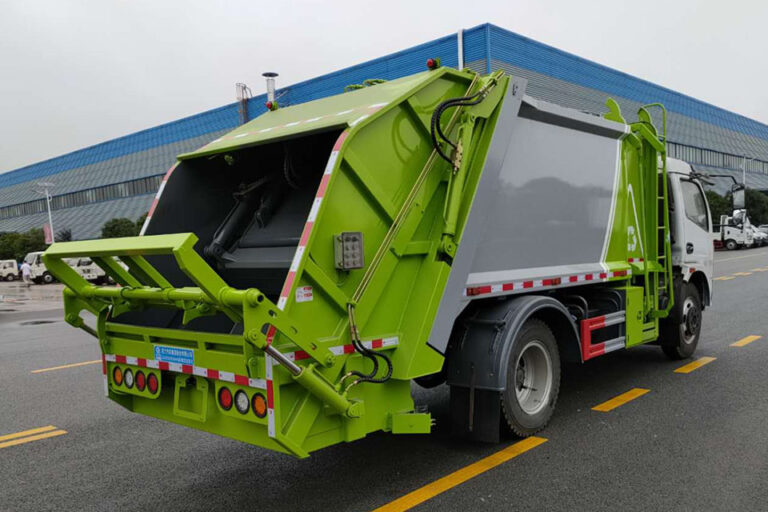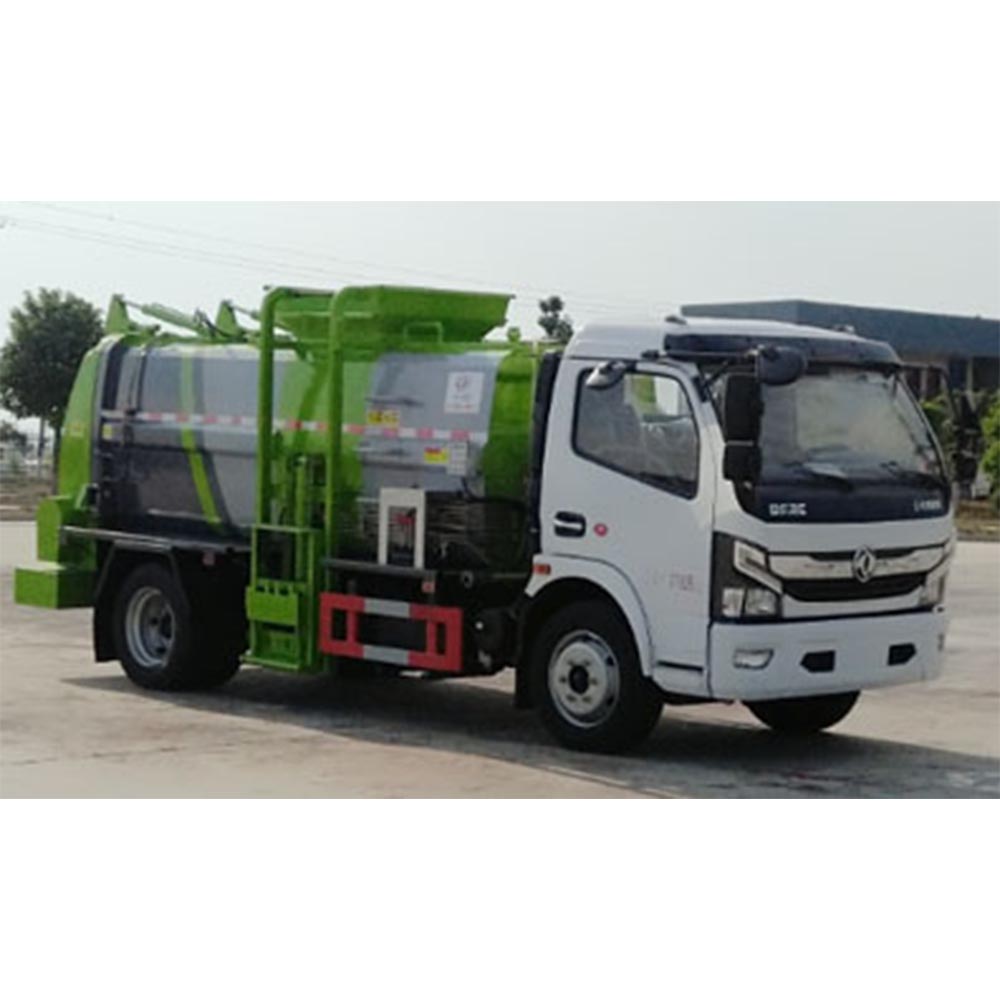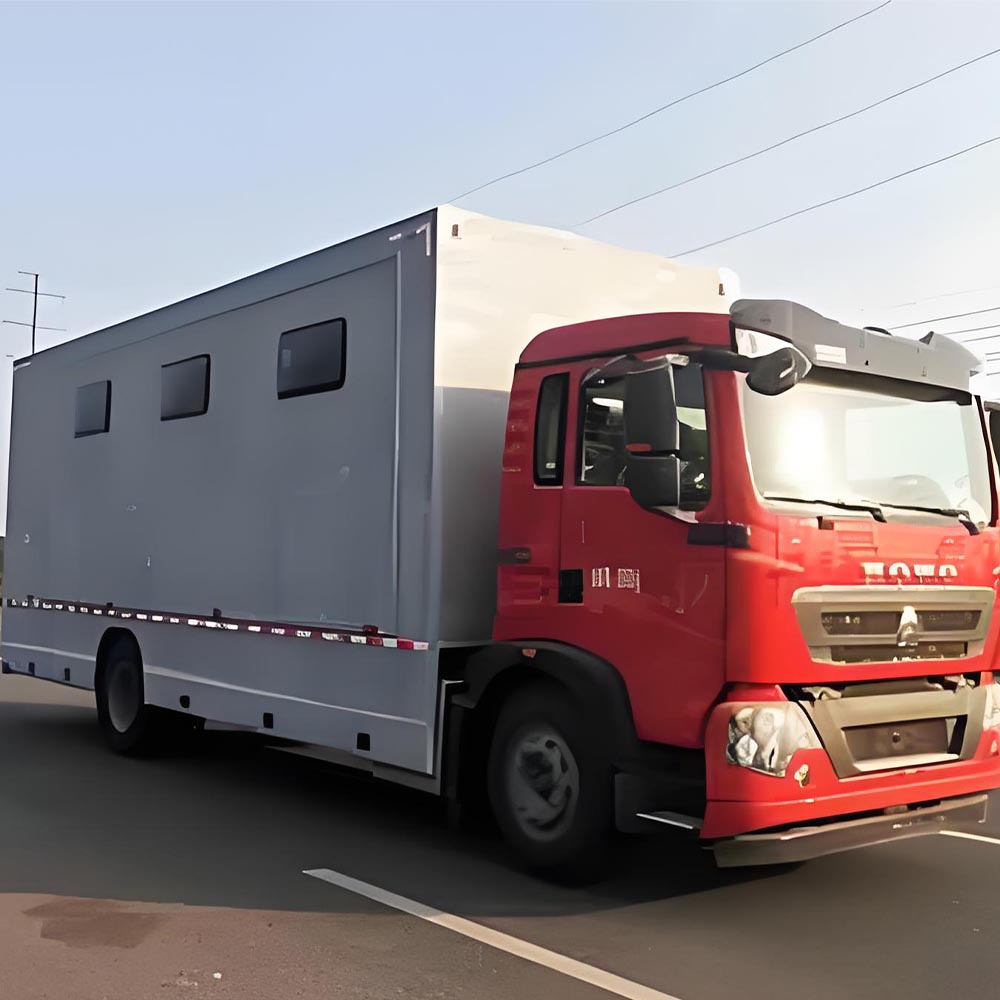-
Chengli Automobile Industry Park
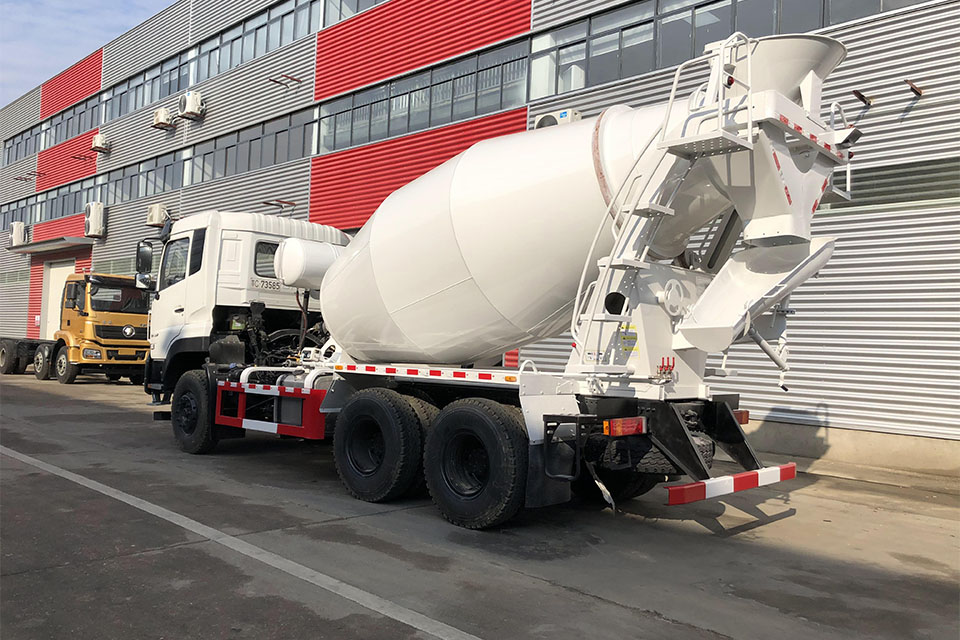
Investing In A Concrete Mixer Truck
Investing In A Concrete Mixer Truck: A Strategic Guide for 2024–2030
Why invest in a concrete mixer truck? It’s a smart move for businesses in the construction industry. The concrete mixer market is growing rapidly. By 2032, it’s expected to reach $24.44 billion. This growth is driven by demand for construction equipment and ready-mix concrete operations.
Table of Contents
Choosing the Right Concrete Mixer Truck
There are different types of concrete mixer trucks. You need to choose the one that fits your needs.
Product Types
- Front Discharge Concrete Mixer Trucks: These trucks unload concrete from the front. They are great for on-site mixing solutions.
- Rear Discharge Concrete Mixer Trucks: These trucks unload from the back. They are common and good for large-scale construction.
Drum Capacity Specifications
The drum capacity matters. Here are the options:
- Under 6m³: Good for small projects.
- 6.1 to 10 m³: Ideal for medium projects.
- 10.1 to 15 m³: Suitable for large projects.
- 15.1 to 20 m³: Best for very large projects.
Matching the drum size to your project helps save money and time.
Key Factors to Consider Before Investing
Before you buy, think about these factors:
Brand Reputation
Choose a trusted brand. Brands like ProAll Volumetric Mixers, Cemen-Tech Inc., and Terex Advance are known for quality. A good brand ensures equipment resale value and reliable operations.
Operational Costs
Consider the mixer truck maintenance costs and fuel efficiency. New technologies like hydrogen-powered mixers reduce emissions and fuel costs.
Technology and Innovation
Invest in volumetric concrete mixers for flexibility and reduced waste. They offer real-time monitoring systems and telematics for fleet tracking.
ROI Analysis: Maximizing Profitability
Understanding the return on investment (ROI) is crucial.
Case Study: McQuay Construction
McQuay Construction started with one volumetric concrete mixer. Now, they have 12 volumetric concrete mixers. They improved concrete quality, gained control over scheduling, and reduced operational downtime.
ROI Calculation
Use tools like Holcombe’s mixer ROI calculator to estimate profits.
Tips to Maximize ROI
- Reduce downtime with regular maintenance scheduling.
- Invest in fuel-efficient mixers to save on costs.
- Consider equipment leasing strategies if buying outright isn’t feasible.
Sustainability and Innovation
Being eco-friendly is important.
Emission Standards Compliance
New mixers meet strict emission standards. For example, hydrogen-powered mixers aim for zero-carbon emissions.
Climate-Improved Trucks
Volvo’s climate-improved truck can reduce 180 tonnes of CO₂ over ten years. Investing in such energy-efficient mixers helps the environment and meets regulatory compliance standards.
Financing and Market Opportunities
Understanding the market helps in making the right investment.
Market Growth
The concrete equipment market size is growing at a CAGR of 3.2% from 2025 to 2032.
Government Infrastructure Projects
Large investments like India’s Rs. 10 lakh crore infrastructure investment boost demand.
Financing Options
Companies like Concrete Financing offer mixer truck financing options with pre-approval processes.
Future Outlook (2025–2030)
Looking ahead can guide your investment.
Emerging Technologies
Expect advancements like:
- AI-driven fleet management.
- Automated mixing systems.
- Hybrid engine technology.
Market Saturation Analysis
Understanding market saturation helps in planning. Focusing on emerging markets in construction can offer new opportunities.
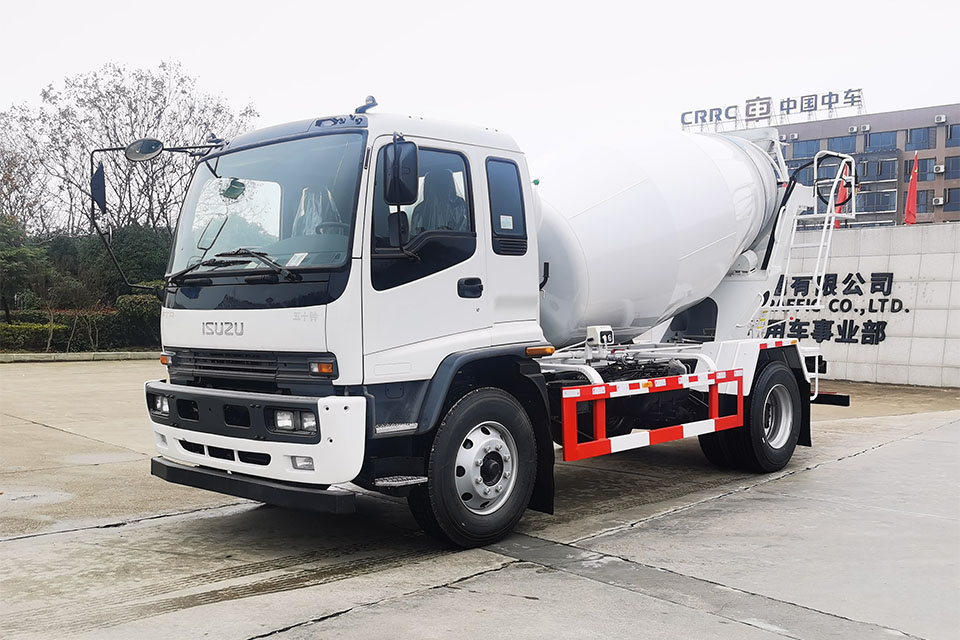
Conclusion
Investing in a concrete mixer truck is a strategic decision. By considering factors like brand reputation, operational costs, and technological advancements, you can maximize your return on investment.
Useful Resources
For more information on specialized trucks:
- Concrete Mixer Truck for Sale: Explore options for your business. Visit the Concrete Mixer Truck page.
- Concrete Pump Truck: Learn about pumping services. Check out the Concrete Pump Truck guide.
- Mobile Crane Truck: For material handling needs, see the Mobile Crane Truck.
Table: Key Data and Statistics
| Category | Data/Example | Context |
|---|---|---|
| Market Segmentation | Product Types: Front and Rear Discharge Trucks | Choose based on project needs. |
| Drum Capacity: 6m³ to 20m³ | Match drum size to project size. | |
| Case Studies | McQuay Construction: Grew fleet to 12 volumetric mixers | Improved quality and scheduling. |
| Sustainability Stats | CEMEX: 200 CNG/RNG mixer trucks cut CO₂ by 25% | Investment in low-emission vehicles. |
| Volvo’s Truck: Reduces 180 tonnes CO₂ over 10 years | Climate-friendly concrete delivery. | |
| New Product Launches | Terex Challenger Mixer: Compact design launching in 2025 | For maneuverability without performance loss. |
| ROI Factors | Short-Term Projects: Used trucks lower costs | For temporary needs. |
| ProAll Mixers: Reduce waste by 10–15% | Enhances profitability through precision. | |
| Financing Trends | Concrete Financing: Pre-approval tech at trade shows | Simplifies buying process. |
| Innovation | Hydrogen-Powered Mixers: Cummins-Terex partnership | Zero-carbon trucks by 2025. |
Investing in Concrete Mixer Trucks
A Visual Guide to Market Growth and Key Considerations
Market Growth
The concrete equipment market is projected to grow significantly.
Key Considerations
- Brand Reputation: Choose reliable manufacturers.
- Operational Costs: Consider fuel efficiency and maintenance.
- Technology: Volumetric mixers offer advantages.
- Sustainability: Explore low-emission options.
Truck Types
- Front Discharge: Maneuverability, precise placement.
- Rear Discharge: Suitable for high-volume pours.
- Volumetric: Reduces waste and offers flexibility.

